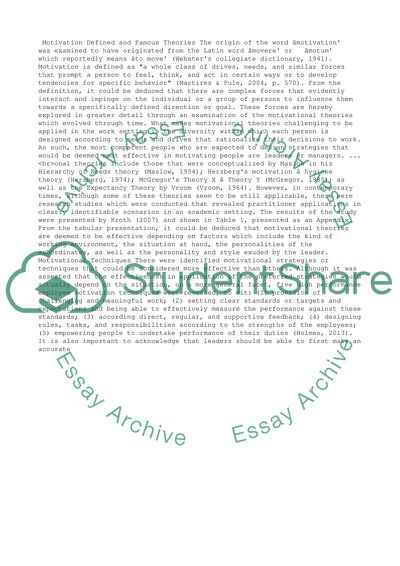Cite this document
(“Organizational Behavior Research Paper Example | Topics and Well Written Essays - 1250 words”, n.d.)
Retrieved from https://studentshare.org/management/1493755-organizational-behavior
Retrieved from https://studentshare.org/management/1493755-organizational-behavior
(Organizational Behavior Research Paper Example | Topics and Well Written Essays - 1250 Words)
https://studentshare.org/management/1493755-organizational-behavior.
https://studentshare.org/management/1493755-organizational-behavior.
“Organizational Behavior Research Paper Example | Topics and Well Written Essays - 1250 Words”, n.d. https://studentshare.org/management/1493755-organizational-behavior.


